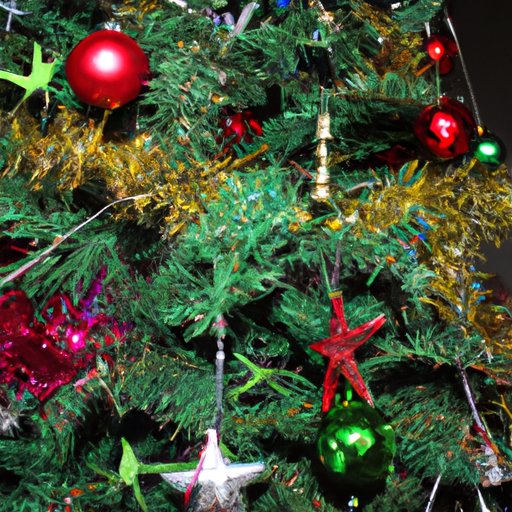Introduction
During the holiday season, it’s hard to imagine celebrating without a Christmas tree. From towering evergreens adorned with sparkling lights and ornaments to quirky DIY alternatives that reflect individual style and personality, the Christmas tree stands as a symbol of joy, hope, and togetherness. While most of us take the tradition for granted, the roots of the Christmas tree go deeper than we might think. In this article, we’ll explore the historical, cultural, religious, creative, and environmental facets of this beloved holiday fixture.
Historical Origins of the Christmas Tree
Decorated evergreens have played a role in winter solstice celebrations for millennia in cultures ranging from ancient Egypt and Rome to Celtic and Norse communities. The practice of bringing trees into homes during the winter holidays to symbolize life and rebirth seems to have originated in Germany in the 16th century. The first recorded Christmas tree was set up in Strasbourg in 1605, and by the 19th century, the tradition had spread throughout Europe and North America. German immigrants helped popularize the Christmas tree in the United States, where it was initially seen as a quaint custom but quickly became mainstream.
Cultural Significance of the Christmas Tree
Today, the Christmas tree is celebrated by people of many different cultures and faiths, often taking on diverse meanings that reflect local traditions and values. In the United States, Christmas trees are associated with family gatherings, gift-giving, and festive decor. In Germany, Christmas markets, or “Weihnachtsmärkte,” feature elaborately decorated Christtrees with handmade ornaments and festive lights. In Scandinavia, people often decorate their homes and public spaces with small tabletop trees, or “Juletræs.” In India, some Christians decorate mango trees as a nod to the tropical climate.
Religious Roots of the Christmas Tree
While the Christmas tree is not a religious symbol per se, it has been associated with various elements of Christian worship and lore. In the Bible, trees are often used as metaphors for life, wisdom, and spiritual growth, and the book of Revelation describes a tree that grows by the “river of life” and bears fruit in every season. Some historians speculate that the inclusion of a tree in the story of Adam and Eve and in medieval mystery plays may have influenced the development of the Christmas tree tradition. In any case, the Christmas tree has become a beloved part of the Christian holiday season, often featured prominently in church services and nativity scenes.
Decorative Styles and Ideas for Christmas Trees
One of the wonderful things about the Christmas tree tradition is that it offers infinite possibilities for creative expression and personalization. Whether you prefer a classic look with elegantly coordinated ornaments, a whimsical aesthetic with unexpected surprises, or a minimalist approach that emphasizes light and shape, there is a Christmas tree style that can suit your tastes and budget. Some popular themes include traditional red and green, monochromatic metallics, woodland creatures, snowflakes, and vintage nostalgia. DIY projects and upcycling ideas can also add a fun and sustainable twist to your tree decor.
Modern Takes on the Christmas Tree
For those who enjoy shaking up tradition, there are also plenty of innovative options for Christmas tree alternatives. Wall hangings, paper trees, hanging ornaments, and even glow-in-the-dark designs can offer a fresh perspective on the classic evergreen. Succulent trees made from live plants are a low-maintenance option with a natural twist, while pom-pom trees or trees made from stacked books can provide a whimsical and eco-friendly touch.
Environmental Impact of Christmas Trees
The environmental impact of the Christmas tree tradition is a matter of concern for many eco-conscious consumers. While artificial trees can be re-used over several years, they are typically made from plastic and have a larger carbon footprint than real trees. Real trees, on the other hand, are biodegradable and can often be recycled into mulch. However, they require water and energy to grow and transport, and their disposal can be a challenge. Living trees in pots can provide an eco-friendly alternative if cared for properly, as they can be re-used year after year. Choosing sustainable tree options and disposing of trees responsibly can help reduce the environmental impact of the Christmas tree tradition.
Conclusion
From its humble beginnings in ancient winter festivals to its colorful expressions in modern decor, the Christmas tree tradition has evolved and adapted over time to reflect changing cultural, religious, and environmental values. By exploring the many facets of this beloved tradition, we can deepen our appreciation for its significance and find new ways to celebrate the season with joy, wonder, and care for our planet.
